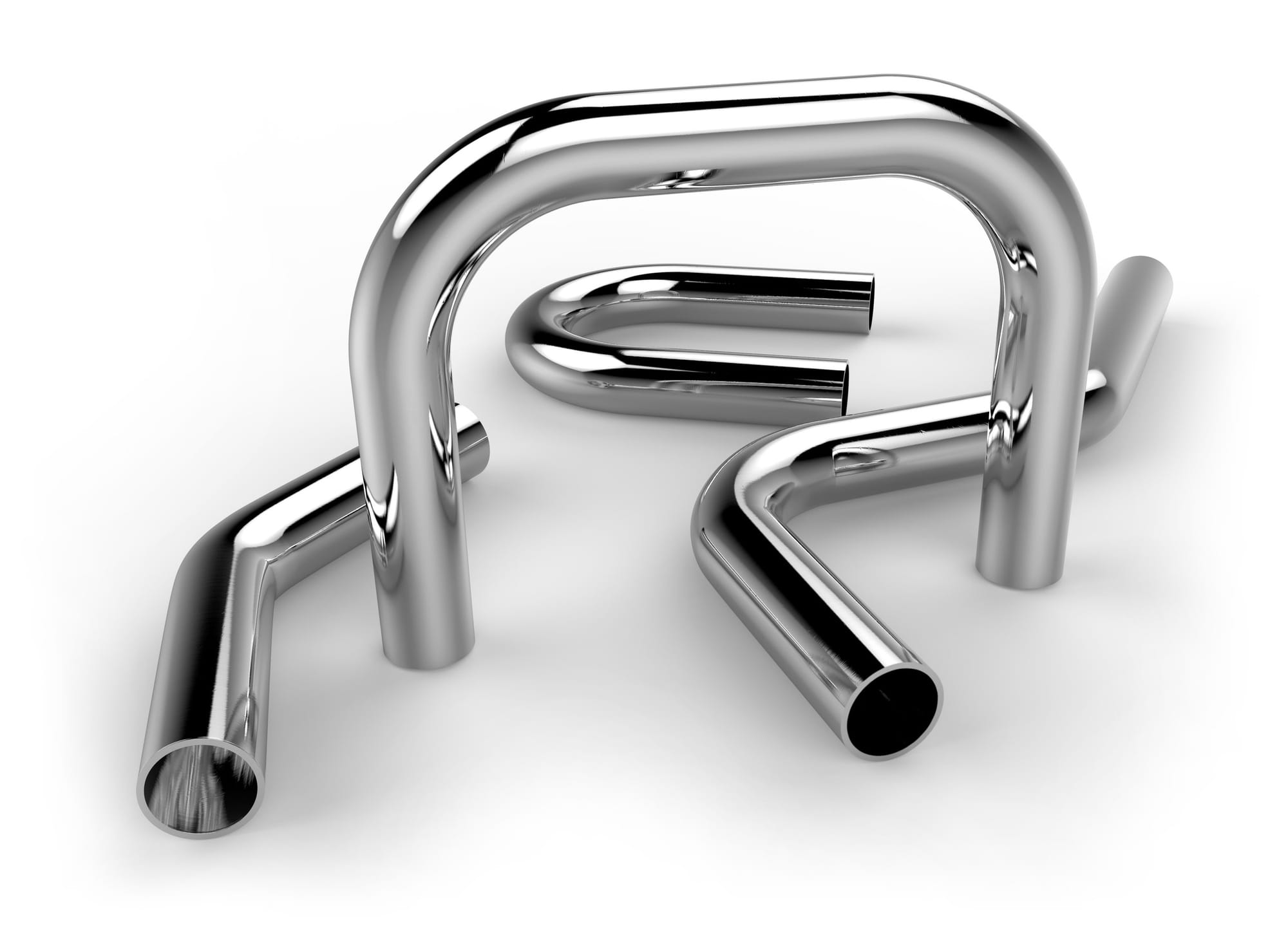Safety maintenance method for pipe bending machine safety valve

The pipe bending machine safety valve is a component that is automatically unloaded when the high pressure is exceeded in the autoclave. Therefore, the autoclave as a high pressure container should be equipped with two at the same time, so that when an accidental failure occurs, Generally should be slightly below the allowable pressure value. In order to ensure the good performance of the bender safety valve, regular maintenance and routine maintenance work must be carried out.
1. After the switch door product enters the kettle, the kettle door should be carefully closed, so that the kettle door and the kettle ring are in place, and the safety raft is pulled down. Before the gas supply is finally checked, the kettle door closure condition is completed and the maintenance is completed before the kettle door is opened. Care must be taken to check for pressure in the kettle. And first open the safety 筏, so that the steam in the kettle can be opened before the kettle door can be opened, and the operator is prevented from facing the kettle door to prevent being burnt by the high temperature steam.
2. Maintaining the hydrophobicity of the autoclave, which is subjected to the internal pressure caused by the steam, and the load of the autoclave and the weight of the steaming car and the product on the track fulcrum and the kettle body. The stress formed by the difference in stability between the top of the kettle and the bottom of the kettle due to condensed water. Under the cyclical stress for a long time, the autoclave easily causes the material to fatigue and lose part of the strength. At the same time, the corrosion of water and gas is also easy to reduce the strength of the material. Therefore, we should discharge the condensed water in time during the use, especially in the initial stage of the temperature rise. A large amount of condensed water is generated in the kettle. If it is not removed in time, it will accumulate at the bottom of the kettle to make the kettle body work to form a low temperature zone. The temperature difference between the upper and lower sides is increased (generally about 10 degrees Celsius. It is also possible to reach 60-70 degrees Celsius), and the excessive stress difference and thermal deformation difference in the upper and lower sides of the kettle are formed.